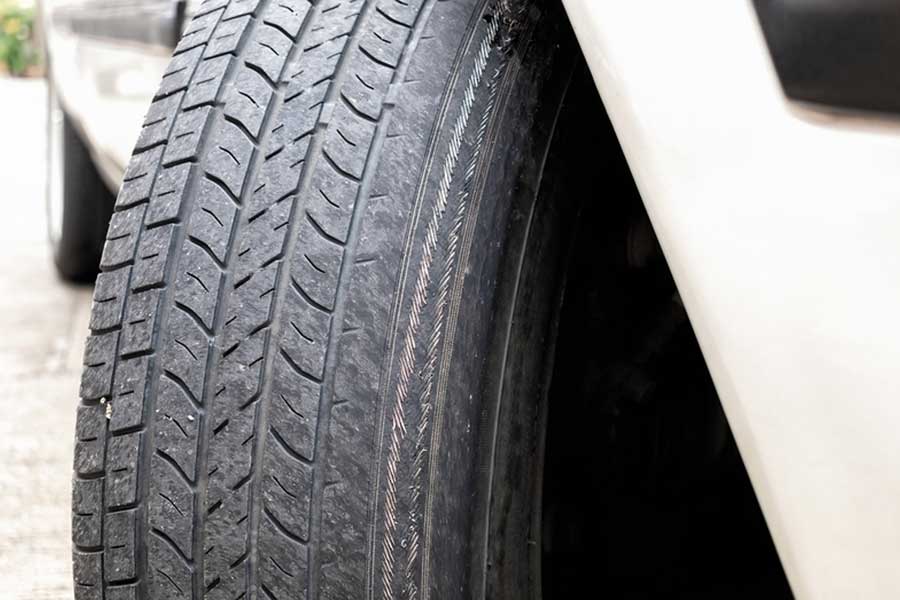How to Know When Your Tyres Need Replacing
Tyres are the only point of contact between your vehicle and the road, so keeping them in good condition is vital for your safety, fuel efficiency, and ride comfort. But how do you know when a tyre has worn out its welcome? In this post, we’ll walk you through the most reliable signs that it’s time to replace your tyres—and how to check them yourself in a few easy steps.
1. Check the Tread Depth
Tread depth is one of the most straightforward indicators of tyre health. Most new tyres come with a tread depth of around 8–9 mm. As that depth wears down to 1.6 mm—the legal minimum in many regions—your grip on wet or slippery roads diminishes sharply. To check:
- Use a Tyre Tread Gauge: Insert the gauge into several points of the tyre’s grooves.
- The Coin Test (DIY): Place a coin (e.g., a 20 pence piece) into the groove—if the outer rim is visible, your tyre needs replacing.
Regular checks—at least once a month—help you catch low tread before it becomes dangerous.
2. Look for Uneven Wear Patterns
Uneven wear often signals alignment or suspension issues, not just normal aging. Inspect your tyres for:
- Feathering or Scalloping: Rippling patterns around the tread.
- One-Sided Wear: One shoulder of the tyre is more worn than the other.
- Center Wear vs. Edge Wear: Excessive center wear suggests overinflation; edge wear suggests underinflation.
If you see any of these patterns, have your alignment and tyre pressures checked immediately—and replace tyres if the tread is below safe levels.
3. Watch for Cracks, Bulges, and Blisters
Tyre sidewalls and treads can develop cracks, bulges, or blisters over time due to age, UV exposure, or impacts with potholes and curbs. These defects compromise the tyre’s structural integrity and can lead to sudden failure. Replace any tyre showing:
- Cracks that run deeper than the surface
- Bulges or blisters—indicating a weak spot in the tyre’s construction
4. Monitor Age and Mileage
Even if tread looks good, tyres degrade over time. Rubber compounds harden, making tyres less flexible and more prone to cracking. As a rule of thumb:
- Replace tyres every 6 years, regardless of tread depth.
- Consider replacement at 10 years maximum, even if they appear fine.
Most tyres have a DOT code on the sidewall indicating the week and year of manufacture—for example, “3618” means the 36th week of 2018.
5. Pay Attention to Ride Quality
Your car’s handling can tell you a lot about your tyres. If you notice:
- Increased Vibration: A thumping feeling at certain speeds.
- Pulling to One Side: The car veers when you release the steering wheel.
- Longer Braking Distances: You’re stopping more slowly than before.
These symptoms warrant an immediate tyre inspection and possibly replacement.
Conclusion & Next Steps
Regular tyre checks are an easy way to protect yourself, your passengers, and other road users. If you’ve spotted low tread, uneven wear, or any damage, it’s time to visit Somekind Limited. Our expert team will inspect your tyres, recommend the safest options, and get you back on the road with confidence.
Ready for peace of mind?
📞 Call us now for a free tyre inspection or 💬 WhatsApp us to book an appointment today!




